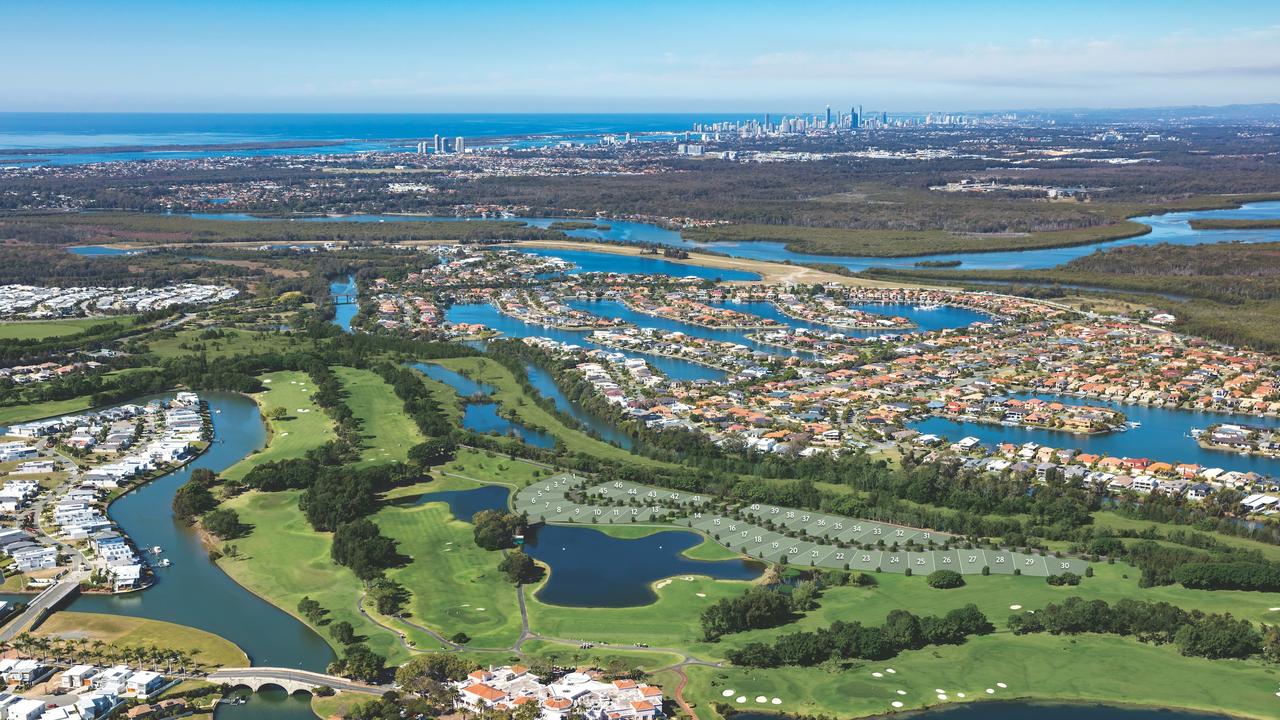

The number of Australians who couldn’t pay their rent or mortgage on time increased between April and May this year, with the level of housing stress substantially higher for renters than mortgage holders. New data from an Australian National University (ANU) report paint a “disturbing picture” for renters and young adults when it comes to housing stress.
The study, funded by the Australian Institute of Health and Welfare, forms part of the ANU Centre for Social Research and Methods COVID-19 monitoring program. It shows the number of Australians aged 18 to 24 who experienced higher levels of housing stress increased threefold between April and May—from 10.3% to 27.5%.
While this isn’t necessarily shocking news considering the rising unemployment numbers (which also do not reflect the underemployment rate, a figure which has similarly grown during the COVID crisis), the types of households under the most stress is quite interesting.
The data shows that between April and May this year, the proportion of Australians reporting that they had not been able to pay their mortgage or rent on time increased from 6.9% in April to 15.1% in May. As a rule general rule of thumb, households that are spending 30% or more of its income on housing costs are considered under housing stress, and under “extreme” housing stress if spending is more than 50%.
Report co-author professor Matthew Gray said the findings show the level of housing stress is substantially higher for renters than mortgage holders.
“What’s worrying is that young adults are experiencing very high rates of housing stress, with 44% of people aged 18 to 24 years unable to pay their rent on time,” Gray said.
Housing stress levels are much higher in the lower-income group than the higher income group for renters, with the report showing the rate of tenants not being able to pay rent on time four times higher for the lowest income quintile than in the highest income quintile.
“Young Australians are still more likely to be in housing stress once income and socioeconomic status is controlled for, suggesting that there is more to housing stress than just income for this group,” Gray said. “This is because their accumulated savings and wealth are likely to be low.”
Gray said the policies introduced by governments and banks are helping, with 22.2% of mortgage holders successfully applying to reduce or freeze their mortgage payments, but that this amounted to only slightly more than one-in-ten renters being able to reduce or freeze their payments. Lower rent was negotiated by only 10.5% of renters, while 2% obtained a rental freeze. This is significant as it means that young home owners are now able to economically ‘shore up’ their position right now, which will be invaluable in the coming months.
If you’re currently a renter in the Australian market, looking to buy might actually be the best course of action for you. With record-low interest rates and a number of offers available to buyers, this also means that it’s economically feasible. Furthermore, banks are more willing to grant mortgage freezes than landlords are likely to grant lower rents going forward.
We would love to hear your thoughts on this project.
Have you visited this project recently, or perhaps you live nearby or bought in a neighbouring building? Tell us what you love about this project, or perhaps what you don't.